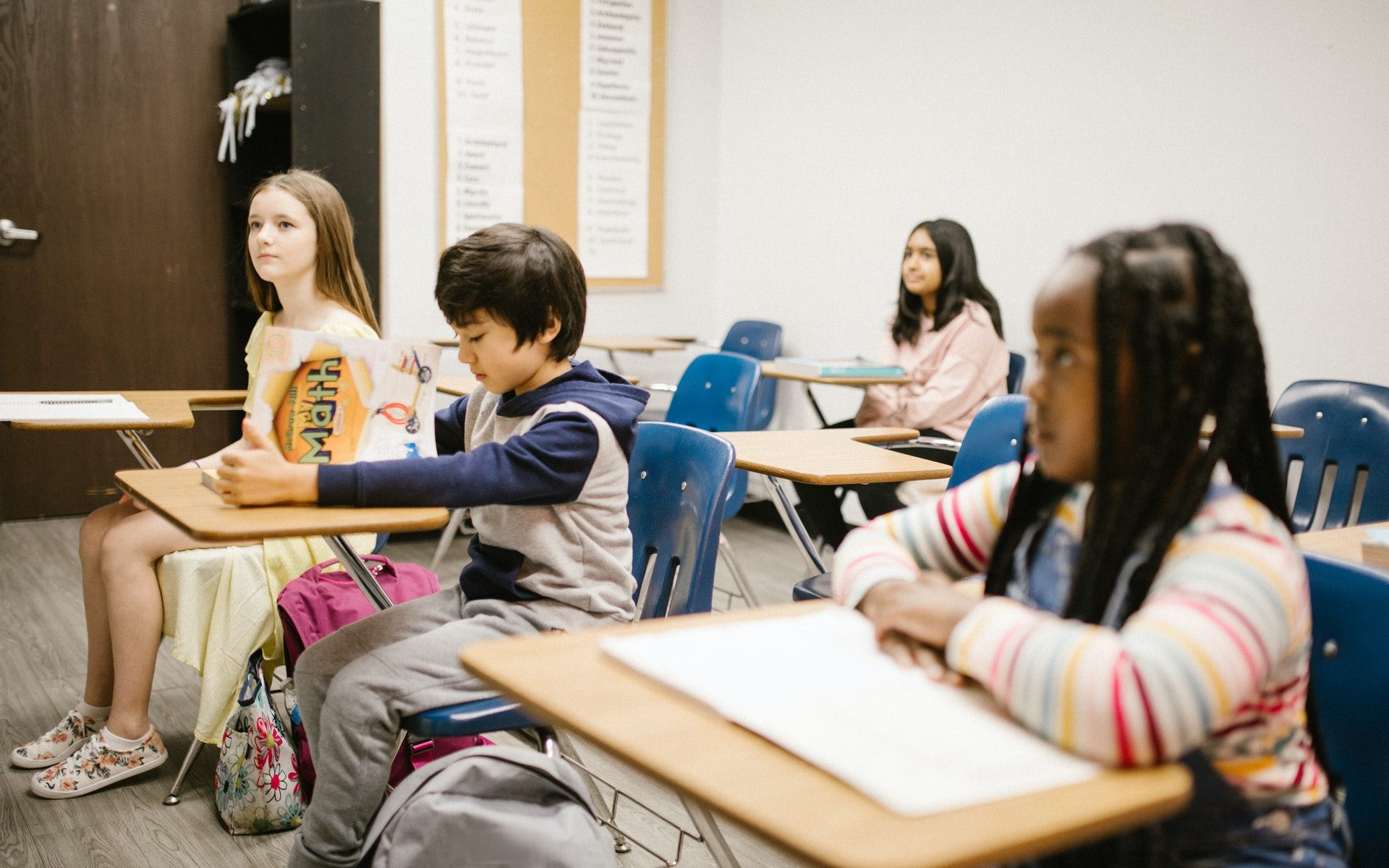The nature of higher education is changing and the student population is changing at colleges and universities across the country. With luck, the promotion of equality in higher education will continue to engender equality in education – not only in terms of student access, actually, but in terms of employment. But how does diversity and equity work out in education – in the practice of teaching in higher education? Given the issues of equality and diversity within education, how, in today’s changing context, can we move on and teach these principles effectively? To grapple with this issue, I spoke to …
Continue reading “Diverse Conversations: The Difference Between Diversity and Equity”









